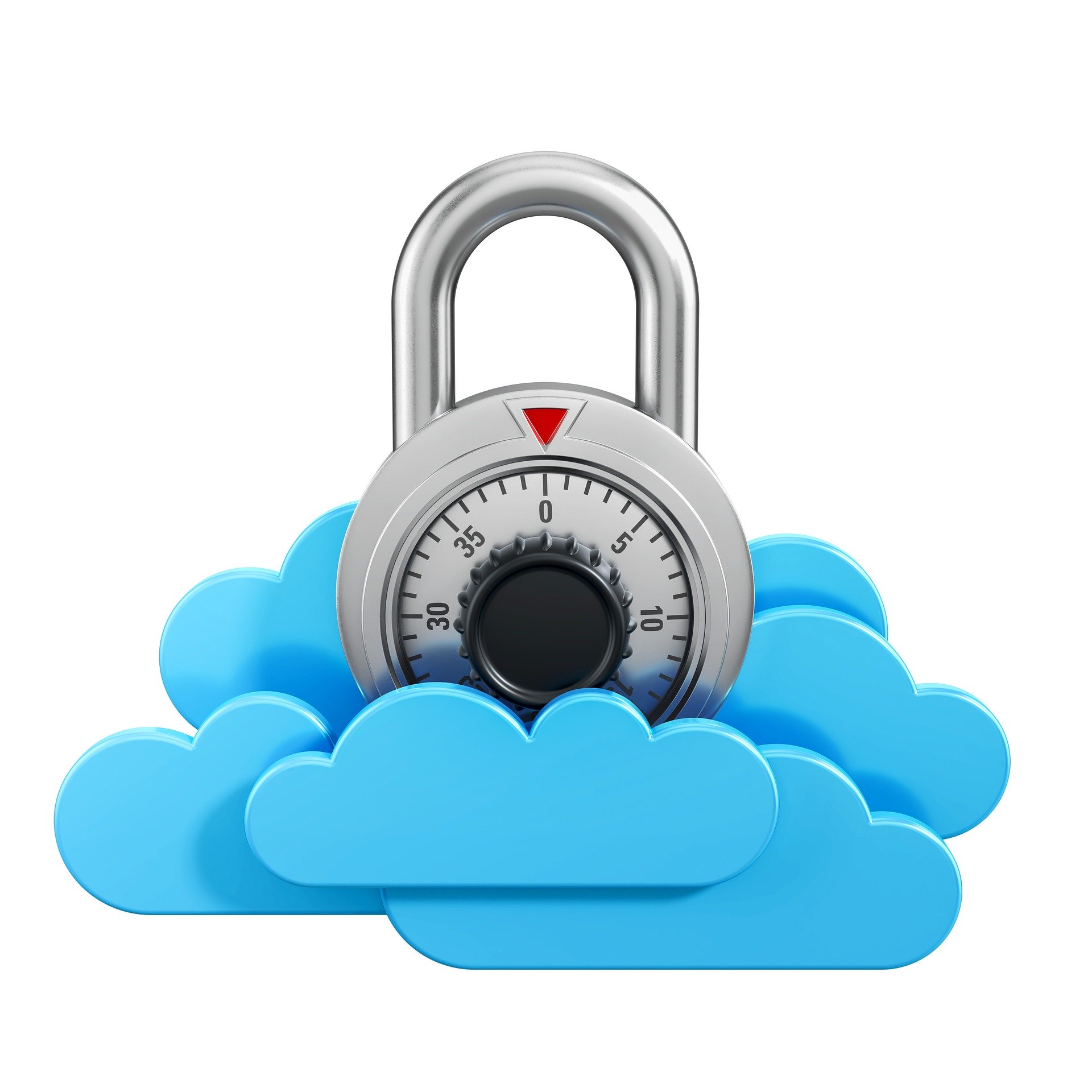For most organizations, enhanced productivity and employee satisfaction are desired outcomes to continue with their remote workforce, even in the post-COVID-19 world. However, it is necessary that organizations increasingly adopt cloud services to facilitate their remote workforce to access corporate resources as and when required.
Cloud services have increasingly helped many organizations to uphold their remote workforce, irrespective of their location worldwide. Also, the adoption of real-time communication platforms has been on an upward spiral, enabling non-siloed and seamless communications within an organization.
Remote Working and the Cloud
According to Gartner, over 90% of leaders in APAC have executed the work-from-home policy since the pandemic outbreak. The identification and the need for quick response to the immediate repercussions of the COVID-19 led a growing number of contingency plans. Almost everyone of these plans involved remote working as an absolute necessity.
Most businesses are usually under a tight budget while focusing on productivity enhancement. Cloud computing, gaining the centerstage, has significantly gained importance as a valuable asset for organizations to meet their objectives. Cloud hosting is growing increasingly persuasive to organizations, as they can leverage the benefits of cloud computing as well as their applications stack with the help of an effective remote workforce.
Ways in Which the Cloud Facilitates the Remote Workforce
It will not be an overstatement to say that cloud data is more secure than the data stored on-premises, with growing sophistication of cyberattacks. Here are some ways in which the cloud enables organizations to develop an effective remote workforce without compromising security or productivity.
Affordable Solution
The inherent cost effectiveness of cloud computing in the long run makes it a viable solution for businesses. Instead of replacing or upgrading the equipment, organizations see migrating to the cloud as a feasible way to save on upfront costs. This helps them in shifting IT budgets to operational expenditure. Also, the cloud enables the organizations to enable their remote workforce to access essential resources from any compatible device and location.
Reliable
The early adopters of cloud better understand the complexity associated with it. More importantly, they have the expertise and knowledge to overcome those complexities and modernize their infrastructure while saving costs. Established cloud service providers deliver a reliable, secure, and robust experience for the remote workforce. Also, the platforms that the CSPs offer are compliant to cloud security standards, which empowers the organizations to remain competitive.
The Cloud is the Way Forward for Organizations
Organizations that haven’t yet effectively established their remote workforce are in dire to identify their core business use cases. This will help them in implementing short-term solutions that will satisfy their immediate mission-critical objectives. While it is clear that not every organization will achieve 100% effectiveness in establishing their remote workforce, they can leverage cloud services for continued business. Organizations that have a thorough understanding of ways to implement, support, and guide their remote workforce are touted to maintain their competitive edge in the post-COVID-19 world.







